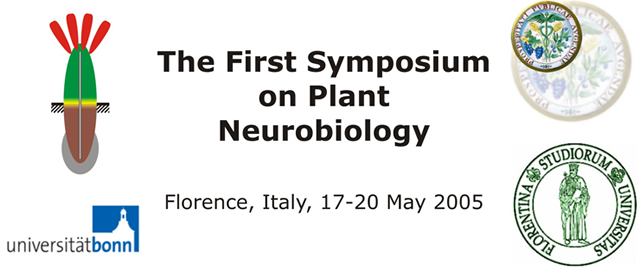|
Different responses to cold recorded in spring - and winter - varieties of rape (Brassica
napus L. var. oleifera) |
| |
|
Elzbieta Krol1,*, Halina Dziubinska1,
Kazimierz Trębacz1, Maria Stolarz1, Maria Filek2 |
1 Department of
Biophysics, Institute of Biology, Maria Curie-Skłodowska University, Akademicka 19, PL-20-033 Lublin,
Poland
2 Department of Plant Physiology, Polish Academy of Science, Podłużna 3,
PL-30-239 Kraków, Poland |
| *email:
|
| |
|
In our study we used intracellular microelectorde technique to
demonstrate that the spring and winter varieties of Brassica napus L. var. oleifera respond
to cold in different ways. The transmembrane potentials were measured in the mesophyll cells of leaves in both
varieties. Cold stimulation was obtained by local application of 0.5 ml of cold solution (1oC) to
the leaf surface and a local drop of temperature was approx. to 8o – 10oC. The
transmembrane potentials and the durations of cold-induced potential changes depended on a kind of a leaf. The
mesophyll cells of a spring variety displayed low transmembrane difference (-100 mV) and its cold-induced
potential changes lasted on average 8 s (measured in a half of amplitude). The cells from a winter variety,
which had been vernalized, had almost two fold larger transmembrane difference (-185 mV) and their
cold-induced potential changes lasted significantly longer – approx. 18 s . The results are consistent
with the general assumption that plants have a kind of memory remembering previous environmental
conditions. |

